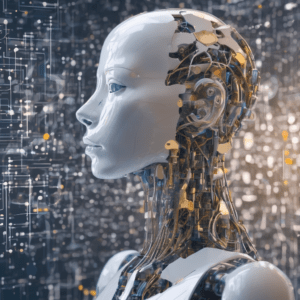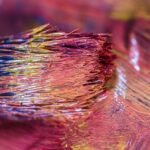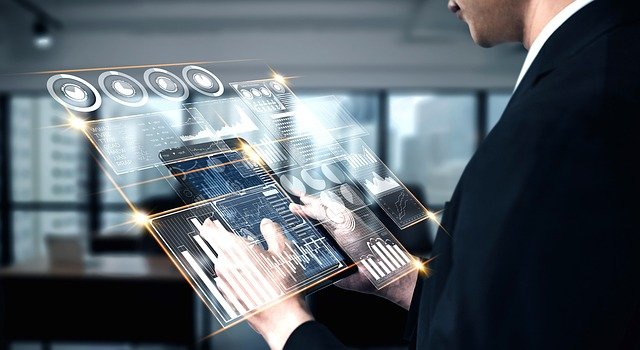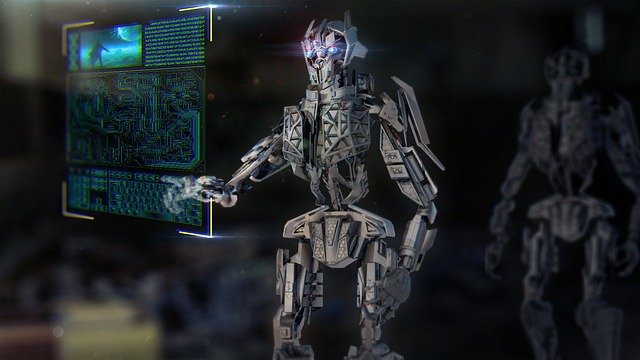AI Art: Unlocking the Creative Possibilities of the Future
Art has always been the purest form of human expression, dating back to the prehistoric cave paintings. It has been a medium through which we express our thoughts, emotions, and perspectives. But what happens this domain of human creativity intersects with the cutting-edge technology of artificial intelligence (AI)? result is AI Art, a revolutionary concept that’s redefining the boundaries of art and creativity.

What is AI Art?
Artificial intelligence, in its most basic sense, is the capability of a machine to imitate intelligent human behavior. In the world of art, AI algorithms are now being used to create fascinating and intricate pieces of art. It’s a burgeoning field that blends the line between human creativity and machine intelligence, opening up a world of limitless possibilities.
AI art is not about replacing human artists, but rather about providing new tools and techniques that can enhance and expand the creative process. It’s about unlocking the potential of AI to create new forms of art that were previously unimaginable. This creative process involves training AI algorithms on thousands of pieces of art from different periods and styles. The AI then uses this knowledge to create original works of art, often producing results that are both surprising and beautiful.
The Benefits of AI Art
AI art is more than just a novelty or a gimmick; it’s a new medium that offers unique possibilities. For example, AI can generate art at a scale and speed that humans cannot match. It can also explore vast combinations of styles and techniques, creating art that transcends traditional boundaries. Moreover, AI can be used to create interactive art, where the artwork changes and evolves in response to the viewer’s actions.
One of the most significant impacts of AI art is its democratizing effect. By making the tools of art creation accessible to everyone, AI is opening up the world of art to people who may not have had the opportunity to explore their creative potential. With AI, anyone can create and experiment with art, regardless of their artistic skills or background.
However, AI art also raises several questions and challenges. One of the main debates is around the issue of authorship. If an AI creates a piece of art, who is the artist – the AI, the programmer who created the AI, or the person who selected the parameters for the AI to work within? These are complex questions that will likely continue to be debated as AI art evolves.
The Future of AI Art
There are also ethical considerations to take into account. For instance, if AI is trained on copyrighted artworks, who owns the rights to the new creations? Furthermore, there is the question of whether AI art could ever truly be considered ‘creative’, given that creativity is often associated with human emotion and experience.
Despite these challenges, the potential of AI art is enormous. It’s an exciting new frontier that is pushing the boundaries of what is possible in art and creativity. AI art is not about replacing human artists, but rather about expanding the toolkit of the artist and enriching the world of art with new perspectives and possibilities.
Conclusion
In conclusion, AI art is a fascinating intersection of technology and creativity. It’s a testament to our human ability to innovate and adapt, to find new ways to express ourselves and understand the world around us. As technology continues to evolve, so too will the possibilities of AI art, unlocking new creative potentials for the future. So, let’s embrace this exciting journey and see where it takes us. After all, the future of art is already here, and it’s powered by AI.










